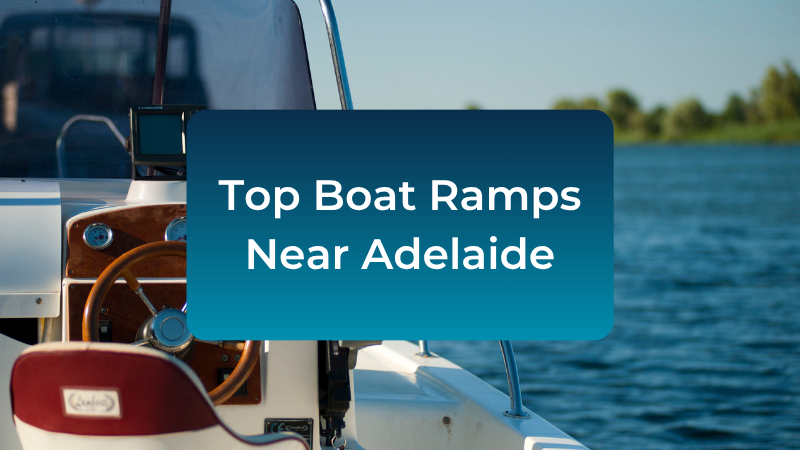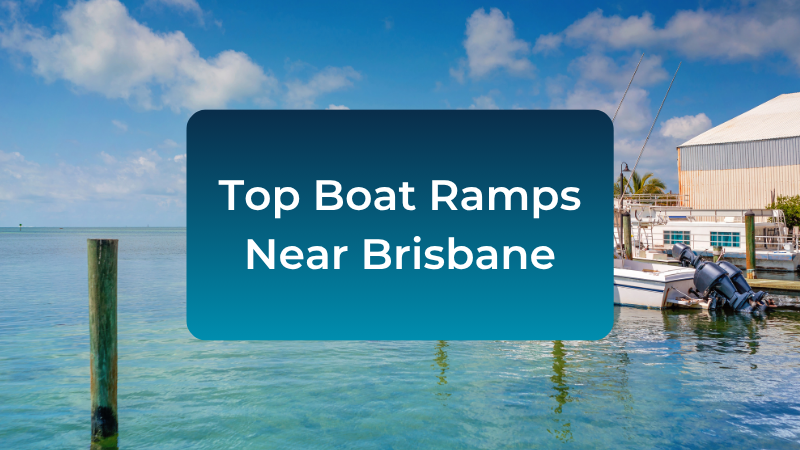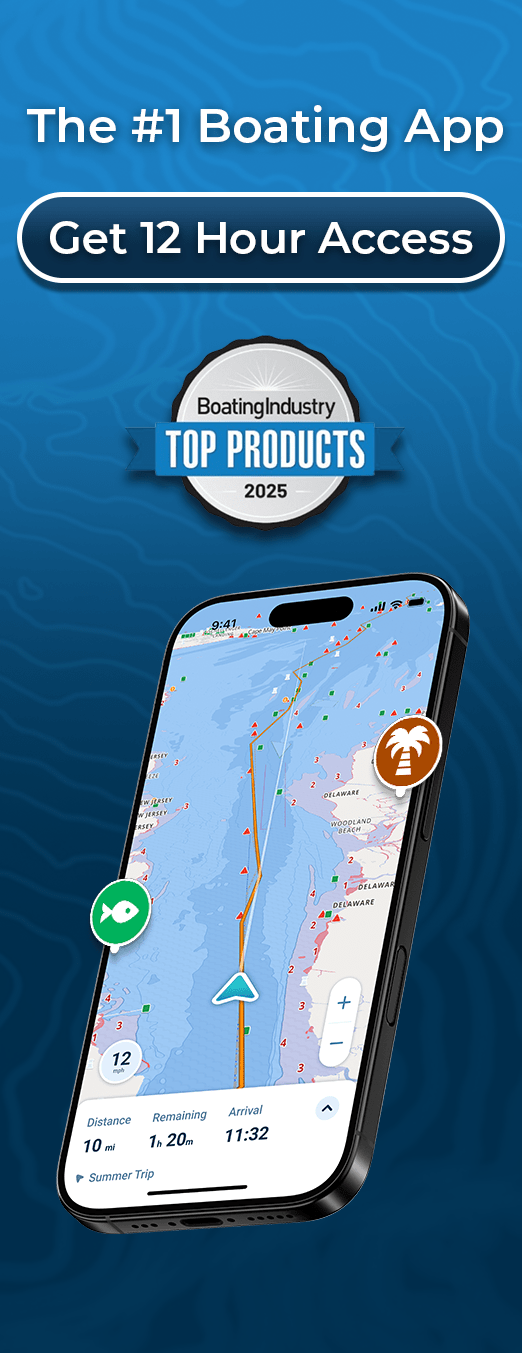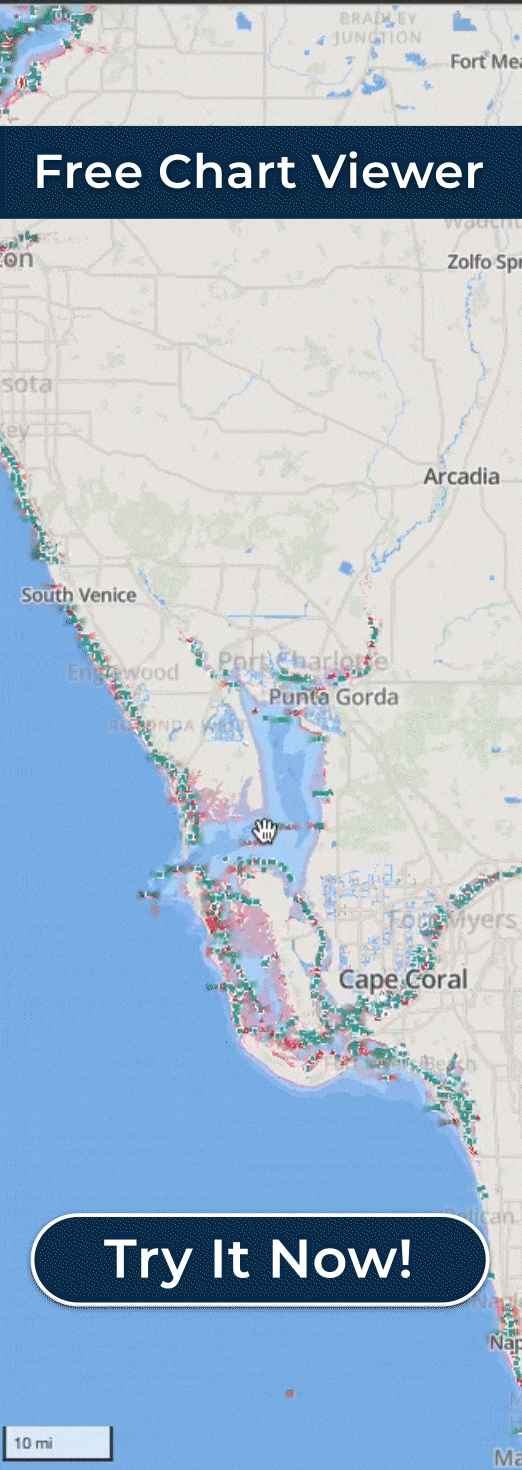
- Your boat capsizes but remains afloat. What should you do? Get the answer to this question and other capsizing related boating test questions in this guide!
- Get the Answer to This Question and Other Capsizing-Related Boating Test Questions in This Guide!
- Wour boat capsizes but remains afloat. What should you do?
- Your Boat Capsizes But Remains Floating Upside Down. What Should You Do?
- Your Boat Capsizes. What Should You Do?
- Your Boat Capsizes and Floats Away. What Should You Do?
- What Should You Do If a Small Open Boat Capsizes?
- What Should You Do If You’re Capsized in a Swift River Current?
- How Do Boats Capsize?
- Conclusion
Your boat capsizes but remains afloat. What should you do? Get the answer to this question and other capsizing related boating test questions in this guide!
Get the Answer to This Question and Other Capsizing-Related Boating Test Questions in This Guide!
Capsizing is one of the most dangerous — and surprisingly common — emergencies boaters face. Whether you’re a new boater studying for your boater license or an experienced operator looking to refresh your safety knowledge, understanding what to do if your boat capsizes could save lives.
This guide answers the most frequently asked capsizing questions found on official boating tests, including state and NASBLA-approved boating safety exams. We’ve pulled the most accurate, up-to-date test material so you can feel confident whether you’re taking a boating course, getting certified, or brushing up on safe boating skills.

Image courtesy of boatus.com.
Wour boat capsizes but remains afloat. What should you do?
If your boat capsizes but remains afloat, you should stay with the boat. This is one of the most commonly asked questions on official boating safety exams, and for good reason. In nearly every U.S. state boater certification test, the correct response is to stay with the capsized vessel unless it is unsafe to do so.
Remaining with the floating boat improves your chances of being spotted and rescued. A capsized boat is much easier for rescuers to see than an individual swimmer. Climb on top of the overturned hull or cling to the side to conserve energ
This is a critical safety principle covered in many boater education programs, including those approved by the National Association of State Boating Law Administrators (NASBLA). Whether you’re preparing for your boating license or simply reviewing best practices, this is a foundational question with a clear, test-correct answer: stay with the boat.
Your Boat Capsizes But Remains Floating Upside Down. What Should You Do?
If your boat capsizes but remains floating upside down, the correct action is to stay with the boat if it is safe to do so.
Even upside down, a boat still provides critical flotation and visibility. You should:
- Climb onto the overturned hull if possible to get as much of your body out of the water. This helps conserve energy and reduce heat loss.
- Avoid swimming away unless the boat is sinking, on fire, or drifting toward danger.
- Signal for help using visible objects, sound devices, or hand signals.
Remaining with the overturned vessel improves your chances of rescue. It’s larger, more stable, and far more noticeable than a lone person floating in open water.
Your Boat Capsizes. What Should You Do?
If your boat capsizes, stay with the boat.
This is one of the most commonly asked questions on official boating exams — and for good reason. Staying with the capsized vessel greatly increases your visibility to rescuers. A floating boat is much easier to spot than a person in the water.
- Do not swim away, unless the boat is in immediate danger (e.g., sinking, fire, fast current).
- Climb onto the hull if possible, or cling to the side to stay above water and conserve energy.
- Signal for help using a whistle, mirror, or bright clothing if you have it.
This answer aligns with the guidance provided in NASBLA-approved boater education programs, and it’s a key safety principle all boaters should memorize.

Image courtesy of outdoorguide.com.
Your Boat Capsizes and Floats Away. What Should You Do?
If your boat capsizes and floats away from you, your safety plan changes slightly.
- Do not chase the boat if it’s moving faster than you can swim.
- Focus on staying calm, conserving energy, and keeping your head above water.
- Look for other flotation options, such as a life jacket, cooler, or floating gear.
- Signal for help as soon as possible.
If you’re wearing a life jacket (as you always should), your chances of survival improve dramatically, even if you become separated from the boat.
What Should You Do If a Small Open Boat Capsizes?
Small open boats like canoes, kayaks, jon boats, or dinghies are more prone to capsizing.
If this happens:
- Stay with the boat, unless it’s safer to swim to shore.
- If the boat is still floating, try to reboard or straddle the overturned vessel.
- Don’t panic. These vessels are easier to tip but also easier to flip back upright — if trained, you may be able to do so.
- Always wear a properly fitted life jacket when using small open boats. It can save your life in a sudden capsize.
- should you find yourself capsized or overboard in a swift river current, you should do what?

Image courtesy of 48north.com.
What Should You Do If You’re Capsized in a Swift River Current?
Capsizing in fast-moving water adds urgency and danger.
If you’re swept away in a swift river current:
- Float on your back, feet pointing downstream to absorb impacts.
- Keep your head above water and use your arms to steer.
- Do not try to stand up in moving water — this can cause foot entrapment and drowning.
- Swim at an angle toward shore when it’s safe to do so.
This guidance is taught in whitewater safety courses and applies to all river boaters, including paddlers and anglers.
How Do Boats Capsize?
Understanding how boats capsize helps prevent it.
Common reasons boats capsize include:
- Overloading the boat with too much weight or unbalanced gear
- Standing or sudden movement, especially in small boats
- Improper anchoring from the stern
- Waves or wakes hitting the side (broadside)
- Poor weather conditions like high winds or storms
- Operator inexperience
Conclusion
Capsizing is a top cause of boating fatalities — but it’s also a scenario you can prepare for. The #1 rule in nearly every situation: stay with the boat unless it’s unsafe to do so. Whether you’re studying for your boating safety test or reviewing emergency procedures, these steps will help you stay calm, think clearly, and improve your chances of rescue.
Every major boating safety organization recommends wearing a U.S. Coast Guard-approved life jacket at all times while on the water. It’s the single most important step you can take to survive a capsize — especially if it happens fast or far from shore.












